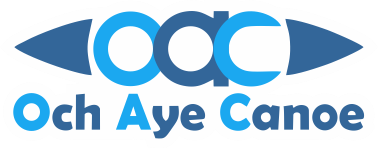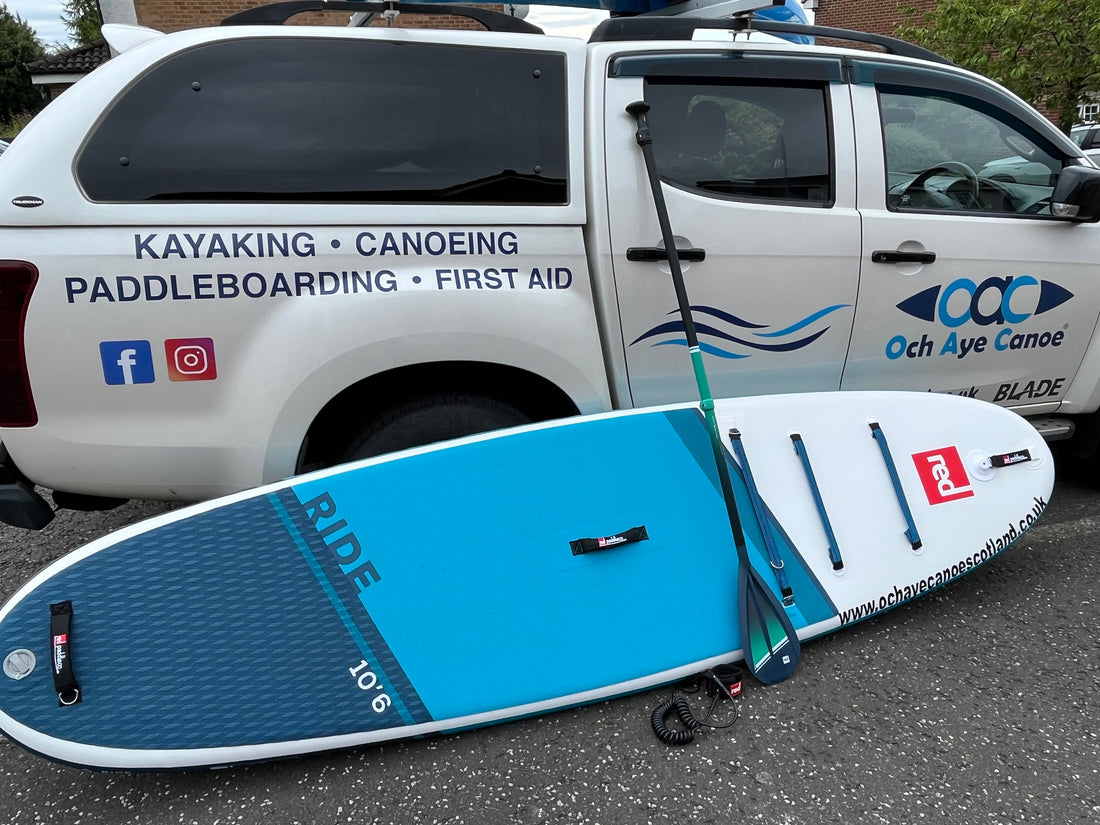Paddleboarding is an amazing way to enjoy the water, whether you’re looking for a peaceful paddle across a loch or a fitness workout. But with so many paddleboards on the market, choosing the right one can feel a bit overwhelming, especially if you’re new to the sport. Don’t worry! This guide will help you navigate the different options and find the perfect paddleboard for your needs.
1. Understand the Different Types of Paddleboards
Paddleboards come in various shapes and sizes, each designed for a specific type of paddling. Here’s a quick overview of the most common types:
-
All-Around Paddleboards: These are the most versatile and are great for beginners. They’re designed to perform well in a variety of conditions, from calm lakes to small waves. If you’re just starting out and want a board that can do a little bit of everything, an all-around board is a great choice.
-
Touring Paddleboards: If you’re interested in longer paddles and exploring rivers, lochs, or coastal waters, a touring paddleboard might be for you. These boards are longer and narrower, which makes them faster and more efficient for covering distance, however they can be more unstable.
-
Surf SUPs: These are shorter and more maneuverable, designed specifically for catching waves. If you’re drawn to the idea of paddle surfing, you’ll want a surf SUP. Keep in mind that these boards can be a bit less stable, so they’re better suited for intermediate to advanced paddlers.
-
Inflatable Paddleboards: Inflatables have become increasingly popular due to their convenience. They’re easy to transport and store, and when fully inflated, they can be just as sturdy as traditional hardboards. They’re a good choice for beginners, travellers, or anyone with limited storage space.

2. Consider the Size and Volume
When choosing a paddleboard, size and volume are key factors that affect stability and performance. Here’s what you need to know:
-
Length: Longer boards (11-14 feet) are faster and track better in the water, making them ideal for touring and racing. Shorter boards (under 10 feet) are more maneuverable and better suited for surfing. If you’re a beginner, a board in the 10-12 foot range is typically the best choice.
-
Width: Wider boards (around 30-36 inches) are more stable, which is great for beginners. Narrower boards are faster but less stable, so they’re better for advanced paddlers.
-
Thickness and Volume: A board’s thickness contributes to its overall volume, which affects buoyancy and weight capacity. Higher volume boards can support more weight and are generally more stable. Most beginners will do well with a board that’s around 4-6 inches thick.
Och Aye Canoe currently uses Red Equipment's 10ft 6 Ride Paddleboards. These boards are definitely an investment - the cost is higher but with that you get industry leading materials, performance, quality, and product design. Why not book a session with us to see what you think?


